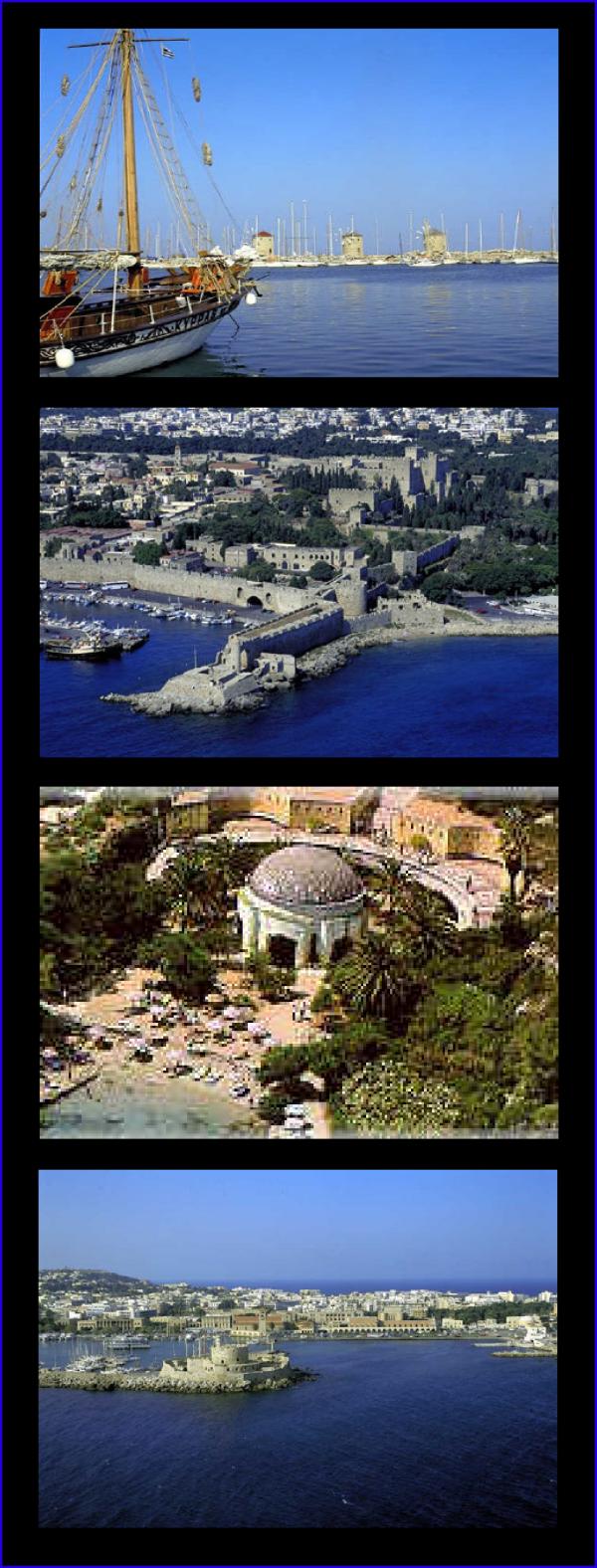Home
Scope
Location
Speakers
Program
Abstracts
Author index
Organizing Committee
Scientific Committee
Venue & Accomodation
Registration
News
Contact

|
 |

Program
All days
| Sunday | Monday | Tuesday | Wednesday | Thursday | Posters | hide abstracts
 Day 1: Sunday afternoon, September 3, 2006
Day 1: Sunday afternoon, September 3, 2006
18:30 Welcome remarks - Motivation - Organizational details
V.G. Mavrantzas Session 1 Non-equilibrium thermodynamics and Statistical Mechanics
Chair: H.C. Öttinger
18:40
The Fluctuation and NonEquilibrium Free Energy Theorems - Theory & Experiment
D.J. Evans, E. Sevick, G. Wang, D. Carberry, J. Reid, D.J. Searles
1 Australian National University, Canberra, Australia
2 Griffith University, QLD, Australia
We give a brief summary of the derivations of the Evans-Searles Fluctuation Theorems (FTs) and the NonEquilibrium Free Energy Theorems (Crooks and Jarzynski). The discussion is given for time reversible Newtonian dynamics. We emphasize the role played by thermostatting. We also highlight the common themes inherent in the Fluctuation and Free Energy Theorems. We discuss a number of simple consequences of the Fluctuation Theorems including the Second Law Inequality, the Kawasaki Identity and the fact that the dissipation function which is the subject of the FT, is a nonlinear generalization of the spontaneous entropy production, that is so central to linear irreversible thermodyanamics. Lastly we give a brief update on the latest experimental tests of the FTs (both steady state and transient) and the NonEquilibrium Free Energy Theorem, using optical tweezer apparatus.
19:10
Non-Affine deformation - The basis of material irreversibility
K. Valanis
Endochronics, 544 NW View Ridge Way Cams, WA 98607, USA
The notion of deformation as an affine map is the foundation of constitutive theory in continuum mechanics. However, while (non-thermal) reversible processes are evolutions of affine maps, irreversibility, other than heat conduction, i.e., 'material irreversibility' for lack of a better term, owes its origin to non-affine deformation of material neighborhoods. In effect, material irreversibility occurs at the local level. These ideas do not translate directly to fluids, since laminar flows are in fact dissipative.The basis of the idea begins with the observation that the reference domain of a material need not be Euclidean, in general, but may have a material metric G, either initially or as a result of subsequent deformation In such a case, the distance squared ds2 between two proximal material points, in the domain, with initial co-ordinates xi and xi + dxi is thus Gijdxidxj. The central idea then, is that the origin of material irreversibility is the in-constancy of material metric G, in the course of deformation.The physical process that underlies the in-constancy of G is the breakdown in the prescribed order that is assigned to the material particles in their reference configuration. Specific processes that cause such breakdown are, slip, dislocation formation and motion, damage and/or other types of loss of connectivity of the material domain. All such processes are associated with loss of free energy and are thus a primary source of dissipation. Because of the evolving loss of connectivity, the deformation is no longer one-to-one and on-to and thus non-affine. The material integrity at the neighborhood level is lost. This idea has not yet been fully recognized or exploited in the development of constitutive equations of solid domains. In this work we show that G plays the role of an internal variable q, thus giving a geometric meaning to this fundamental thermodynamic variable. In their simplest form the ensuing (isothermal) equations are: ψ = ψ(C, G, θo) (equation of state), η = - δψ/δθo (entropy equation), τ = 2 δψ/δC ( stress-deformation relation),- (δψ/δG).dG >= (dissipation inequality),(δψ/δG) + b.δG/δt = 0 (equation of evolution), where θo is the (constant) temperature, η the entropy density, τ is the second Piola-Kirchhoff stress tensor, C is the (Right) Cauchy Green deformation tensor and b a fourth order viscosity tensor. In the ensuing analysis with multiple metrics for multiple material sub-spaces, specific constitutive equations for polymers, appropriate to large deformation, are derived.
19:40
Non-equilibrium steady states, what do we know?
J.-P. Eckmann
Departement de Physique Theorique and Section de Mathematiques Universite de Geneve, Switzerland
In this talk, I intend to review recent progress in our understanding of non-equilibrium steady states. If a system is driven from outside with stochastic forces which move it out of equilibrium, one would like to know whether a non-equilibrium steady state exists, and, if it exists, describe its properties. I will show with one or two examples what are the important issues for this question.
20:05 Discussion
H.C. Öttinger 20:30 Welcome Buffet 22:30 End of workshop day 1/5 |
 |
 |




